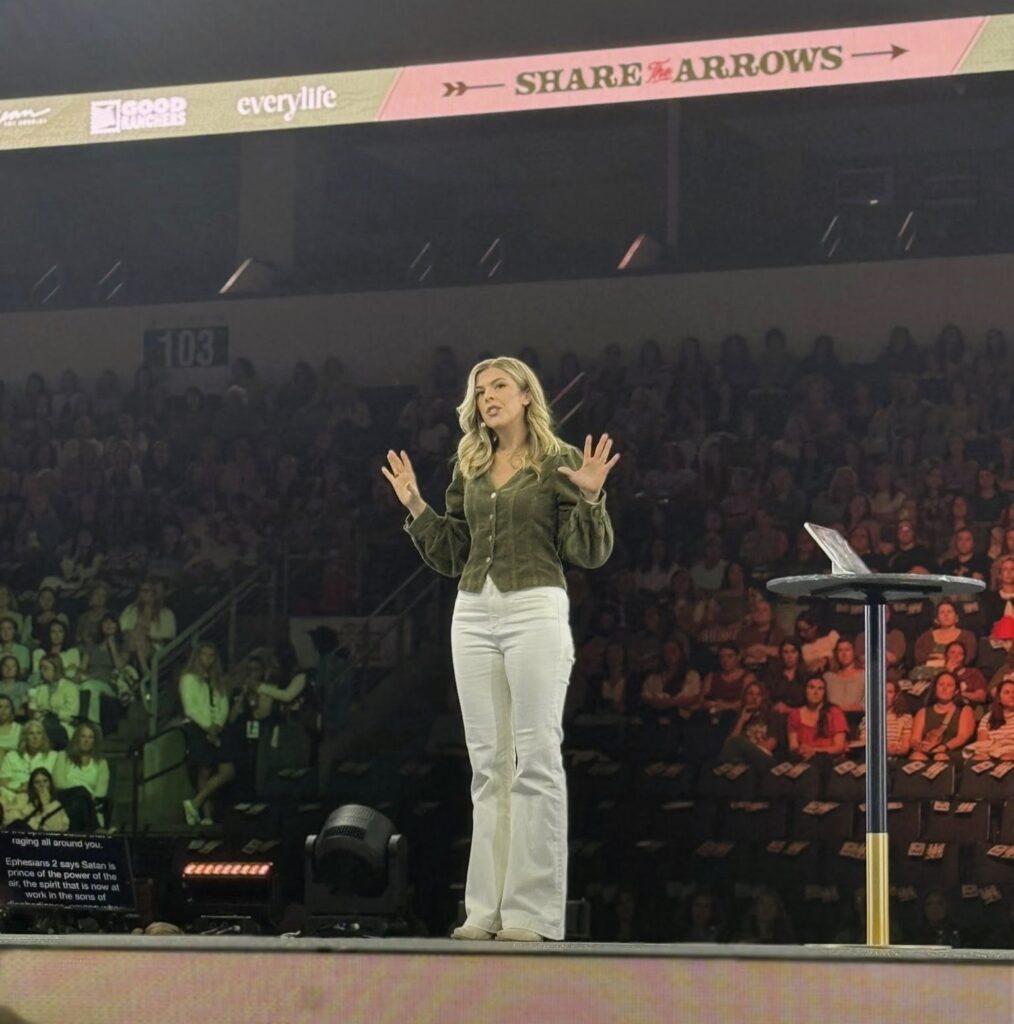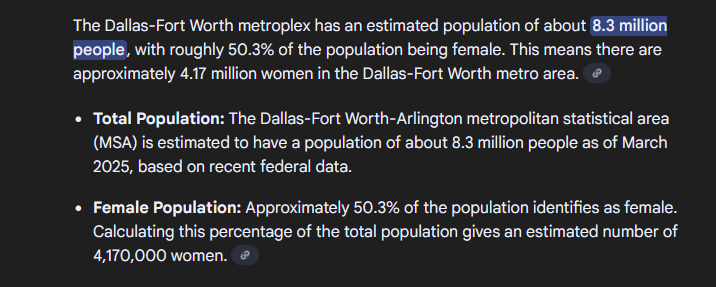When “Most Read” Misses the Mark: The Associated Press and Its Curious Priorities
By Judy T., Rescue Our Democracy

When “Most Read” Misses the Mark
If journalism’s mandate is to inform the public about what truly matters, then the Associated Press’s recent headline, “In Dallas, 6,700 women rally for culture war battles after Kirk’s death,” raises serious questions. Placed under the AP’s “Most Read” section, this story elevated a small gathering to national attention. Yet 6,700 attendees in a metro area of roughly 8 million represent only 0.08% of the population. That’s a decimal point, not a movement.
In contrast, nationwide movements like the No Kings protests, organized by Indivisible and Ezra Levin, mobilized over 2,500 locations across the U.S. and drew millions. Despite this, coverage was minimal, often relegated to brief mentions or photo galleries.
The Throngs That Weren’t
The No Kings protests opposed what organizers described as increasingly authoritarian actions by President Donald Trump. These demonstrations were largely peaceful, far-reaching, and clearly newsworthy. Yet the AP focused on a niche rally led by “Angela Putnam”, assigning national prominence to an event of tiny scale.

(BTW, the “throngs of women” phrase — really, AP? 6,700 equals a throng, but millions nationwide barely register?)
This disparity isn’t about numbers alone; it’s about narrative control. Elevating small, ideologically aligned gatherings while downplaying massive pro-democracy mobilizations skews public perception. Readers are left thinking fringe events have outsized influence, while widespread civic engagement disappears into the background.
From “Angela Putnam” to Handmaid’s Tale
Editorial choices like this suggest a troubling trend: prioritizing spectacle over substance, and amplifying voices that align with a particular ideology. By promoting “Angela Putnam” nationally, the AP inadvertently normalizes a Christian nationalist agenda.
Consider the parallels to The Handmaid’s Tale. The Dallas rally’s messaging — and the organizer, “Serena Waterford” — evoke dystopian playbooks of gender and societal control. The AP treated it as cultural curiosity rather than a cautionary sign. Elevating such figures gives legitimacy to a philosophy that should remain strictly fictional.
Coverage Comparison: Small Rally vs. Massive Mobilizations
| Event | Estimated Attendance | AP Coverage Length | Headline Placement |
|---|---|---|---|
| “Share the Arrows” Rally (Angela Putnam) | 6,700 | ~620 words | Homepage, Most Read |
| “No Kings” Protests (Indivisible) | Millions nationwide | ~1,070–1,450 words | Brief mentions / aggregated dispatches |
Word counts are approximate; placement illustrates editorial priority.
Facts, Sources, and Methodology
- The AP reported 6,700 attendees at the Share the Arrows event.
- AP has previously reported on coordinated pro-democracy actions (50501, No Kings, Indivisible).
- The DFW metro population is roughly 8 million; 6,700 attendees = 0.08%.

Percentage calculation:
6,700 ÷ 8,000,000 × 100% ≈ 0.08% (rounded).
Article length estimates:
- AP, Share the Arrows: ≈ 620 words
- AP, 50501 coverage: ≈ 1,450 words
- AP, No Kings: ≈ 1,070 words
- AP, 50-state anti-Trump coverage: ≈ 1,200 words
Interpretation: Even though AP devoted more word count to large, nationwide protests, the smaller rally received national prominence. This signals misplaced editorial priorities.
Fiction Should Stay Fiction
This article should have remained local, not national. By elevating “Angela Putnam” and “Serena Waterford”, the AP promotes a dystopian agenda straight out of The Handmaid’s Tale.
Journalists should illuminate truth, not amplify fringe spectacle. If outlets want their credibility back, they must recognize that 6,700 does not equal millions. Reality, context, and proportionality matter — because democracy cannot survive if fiction masquerades as fact.